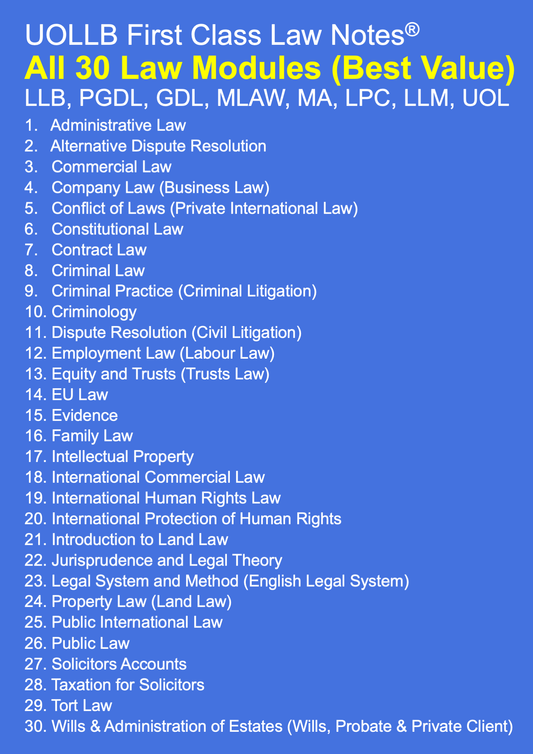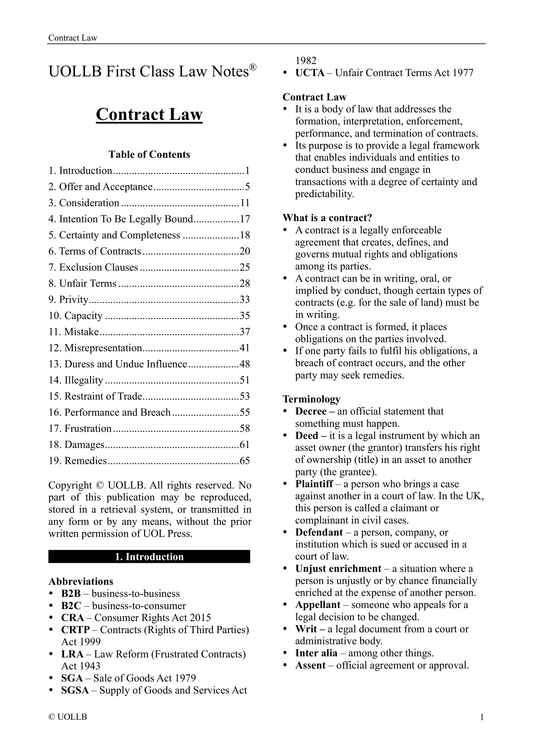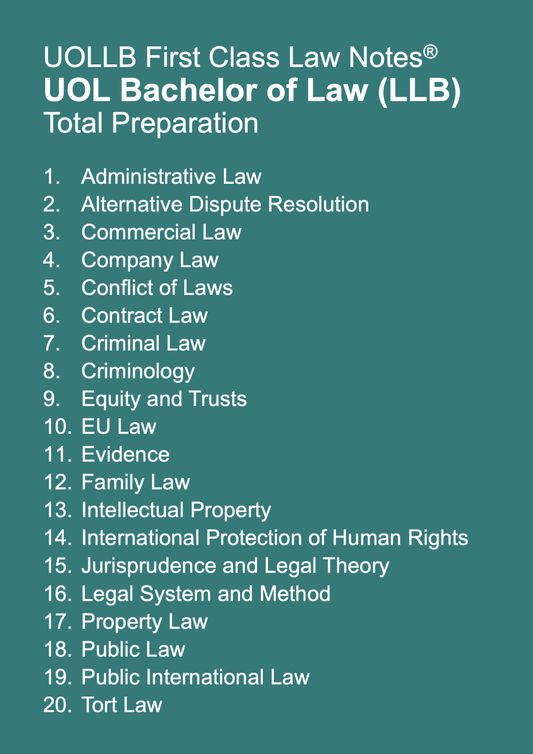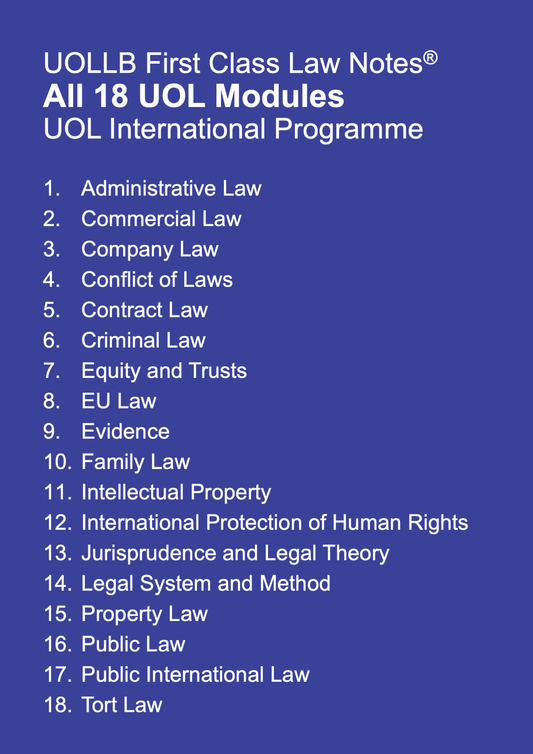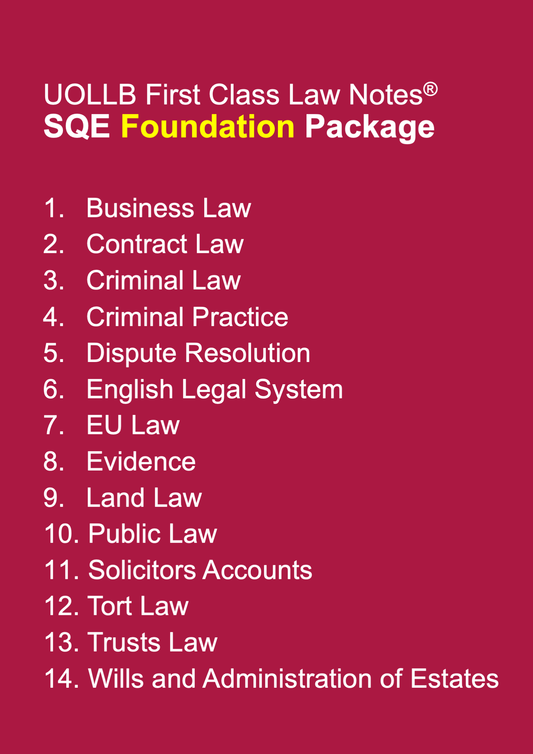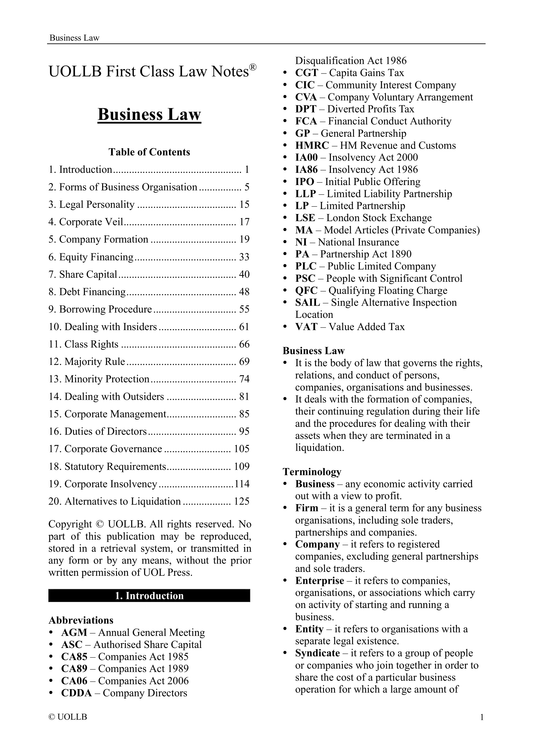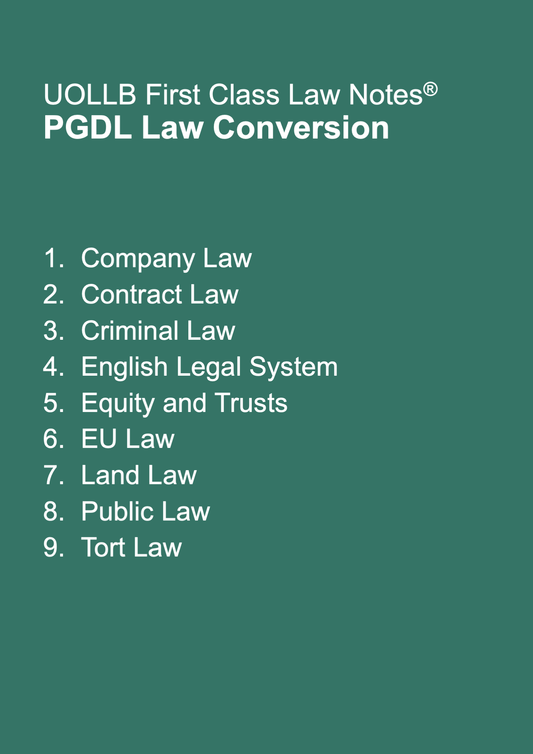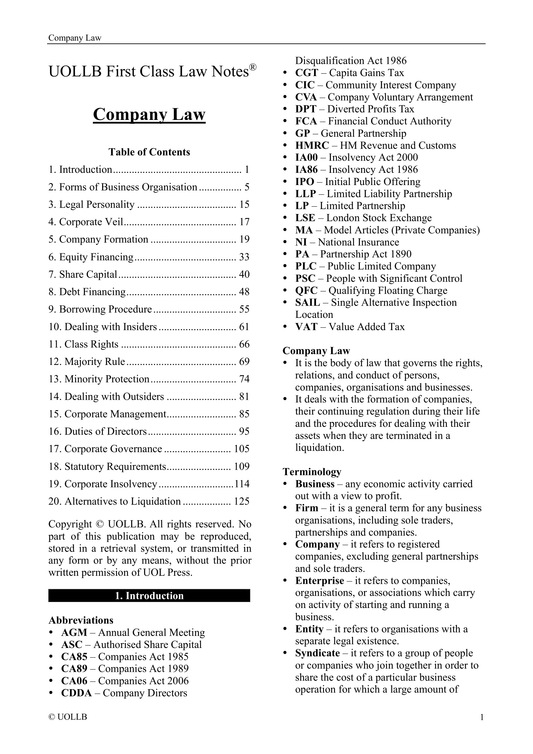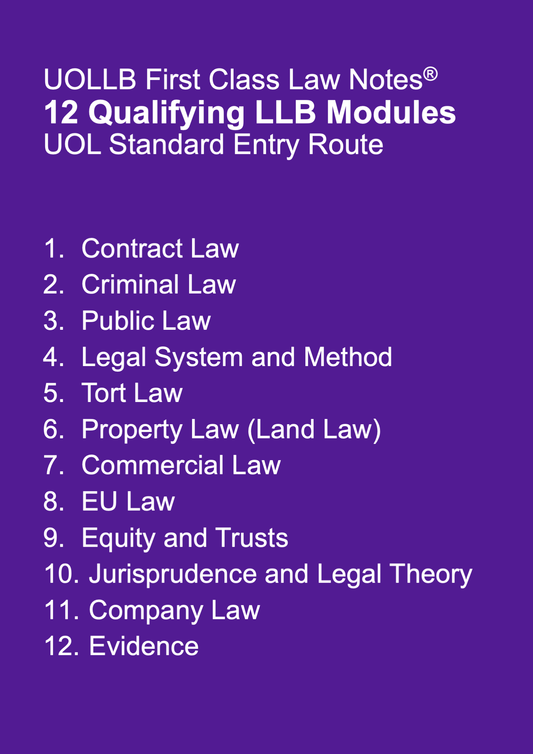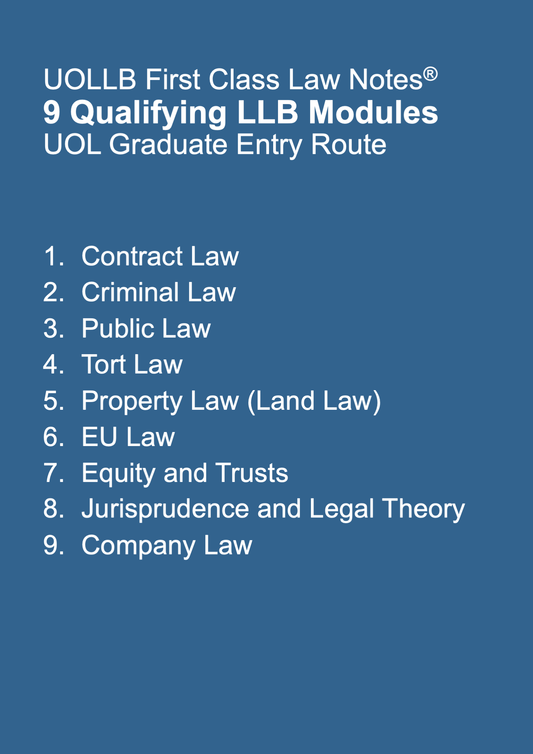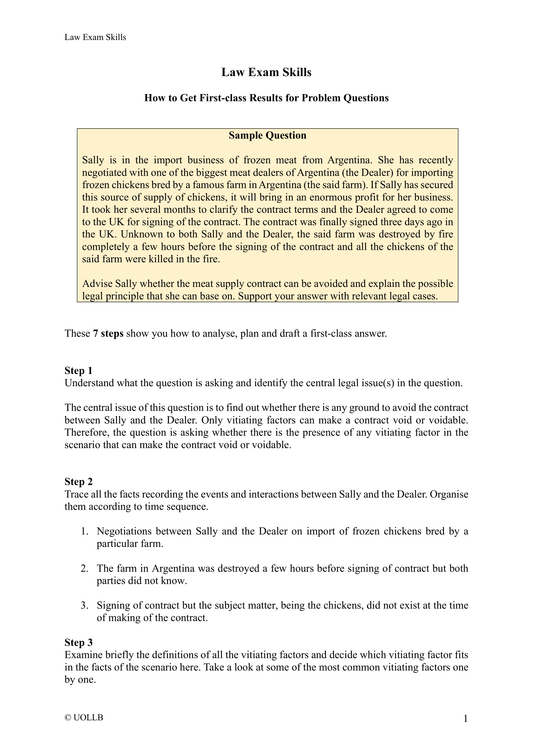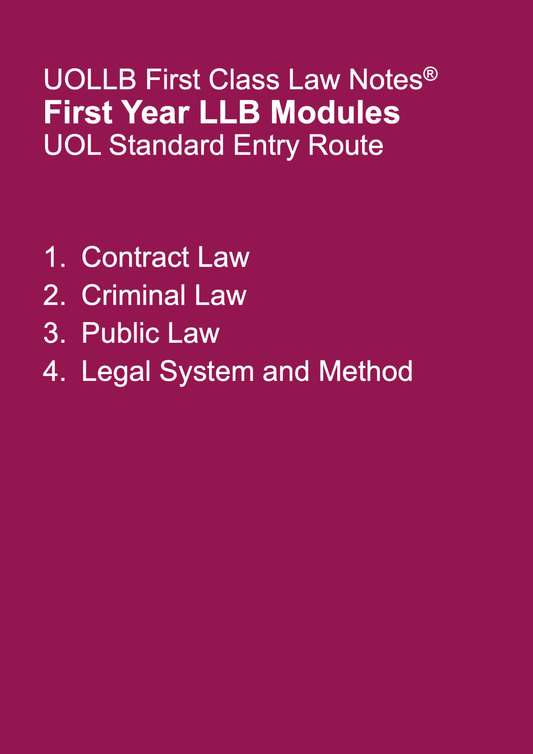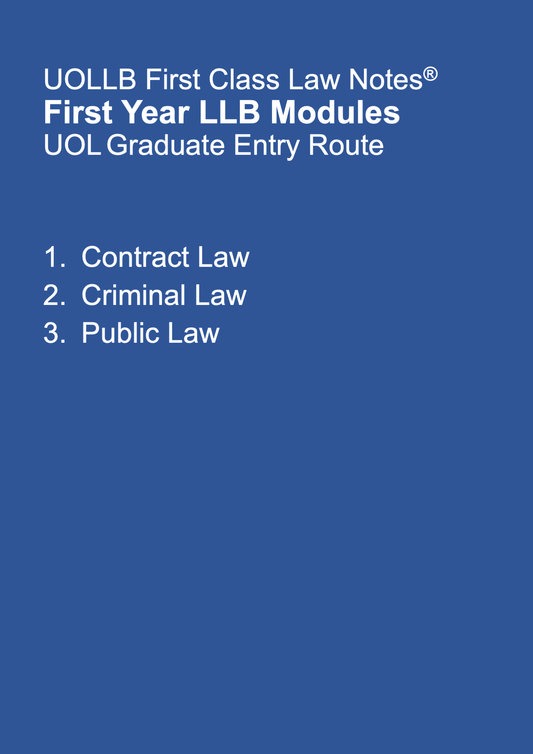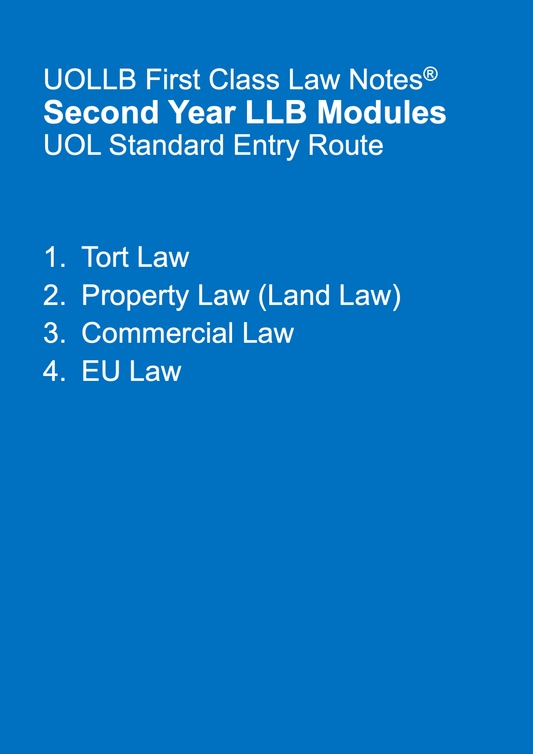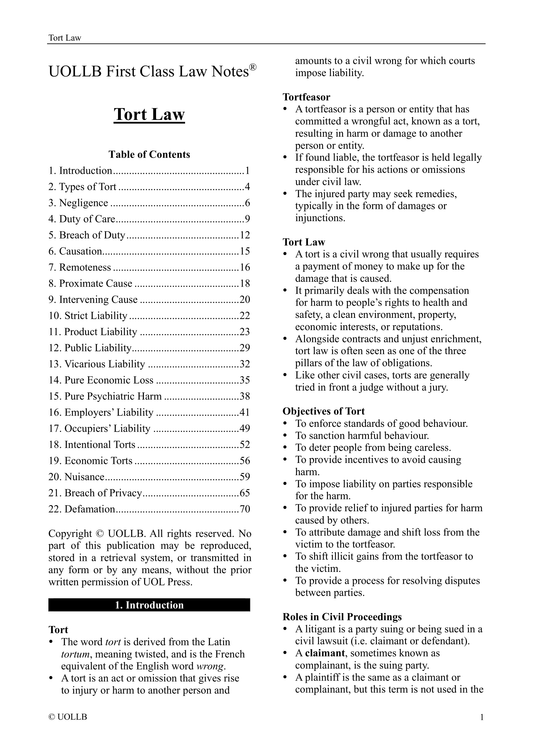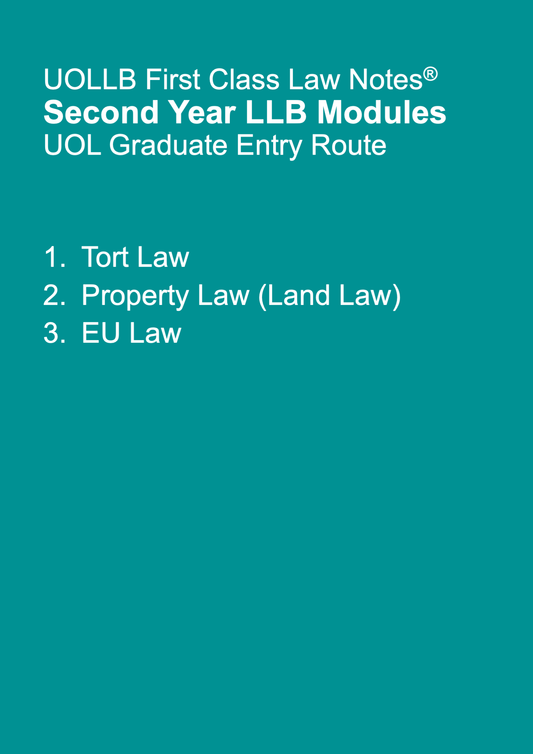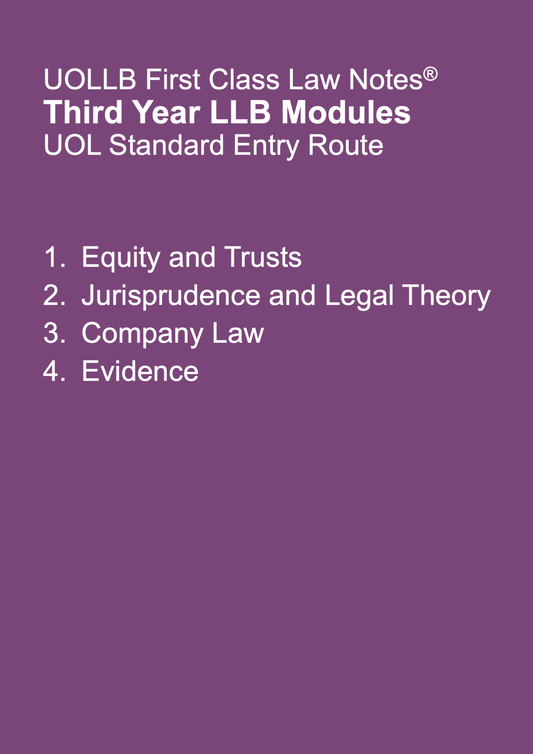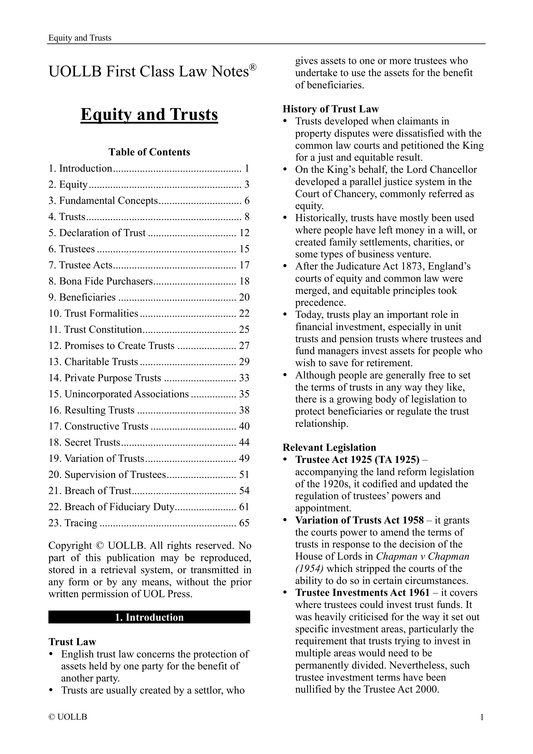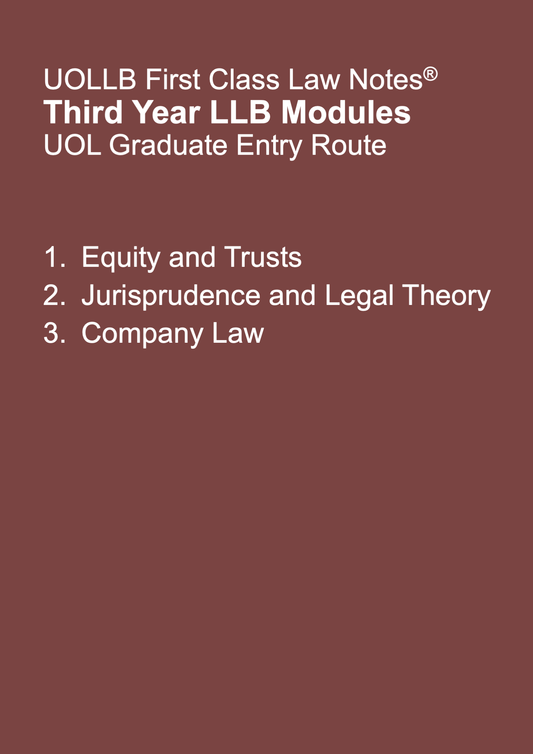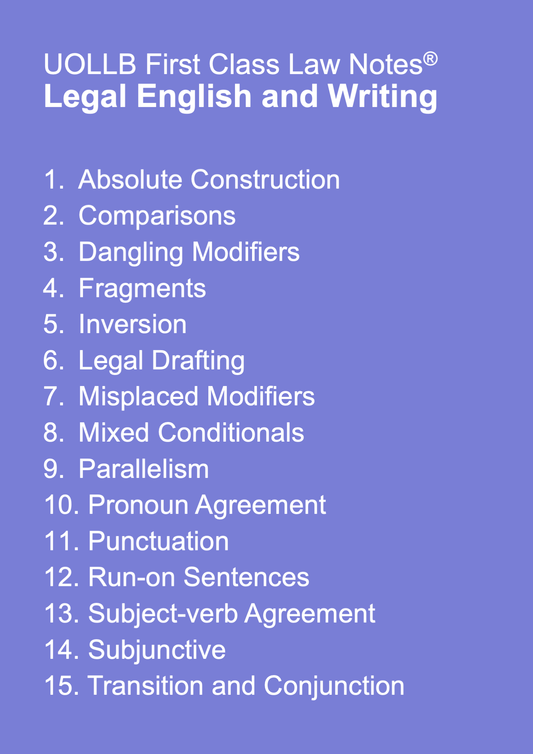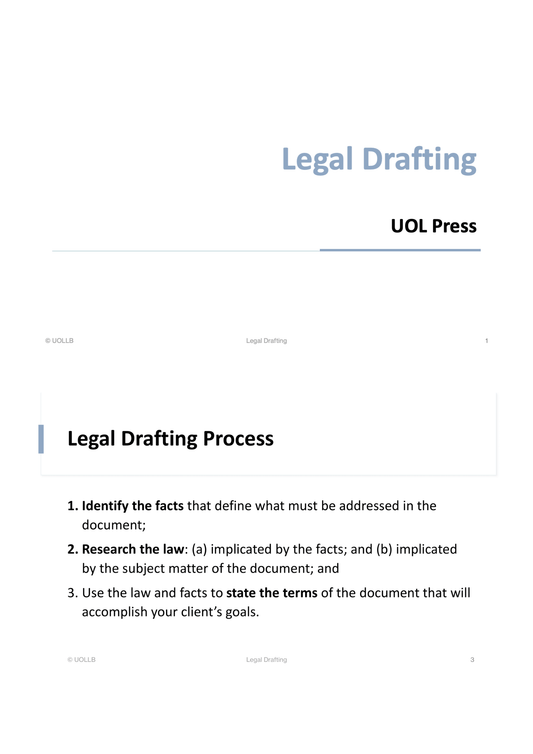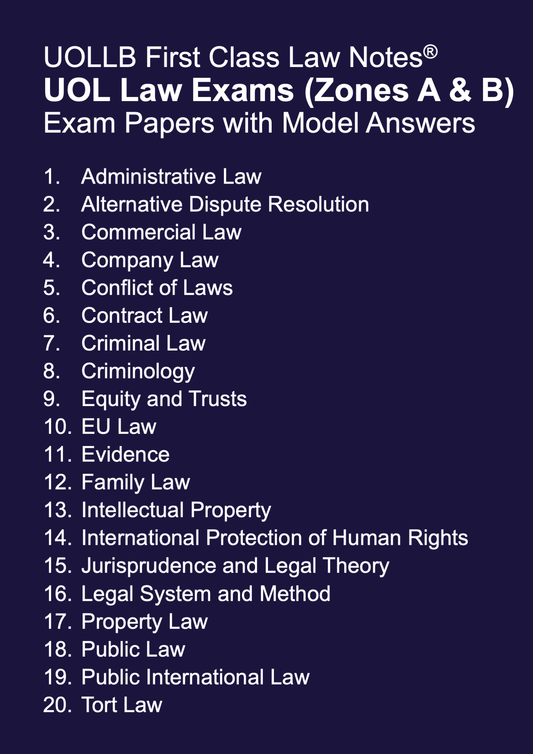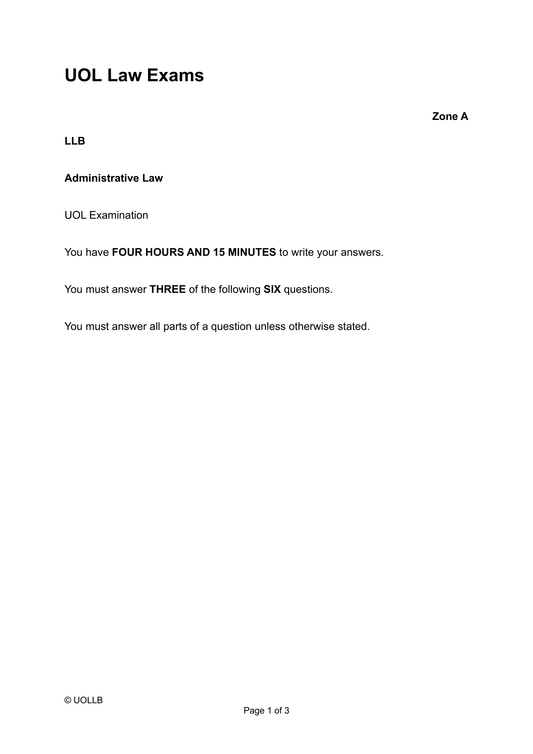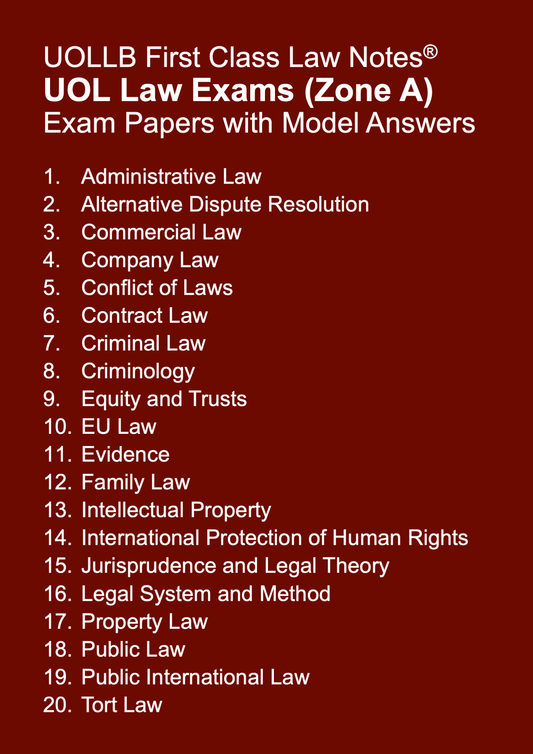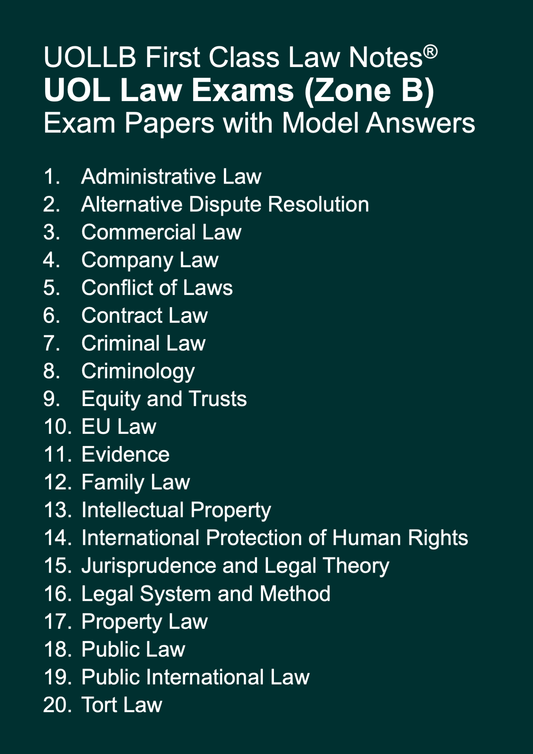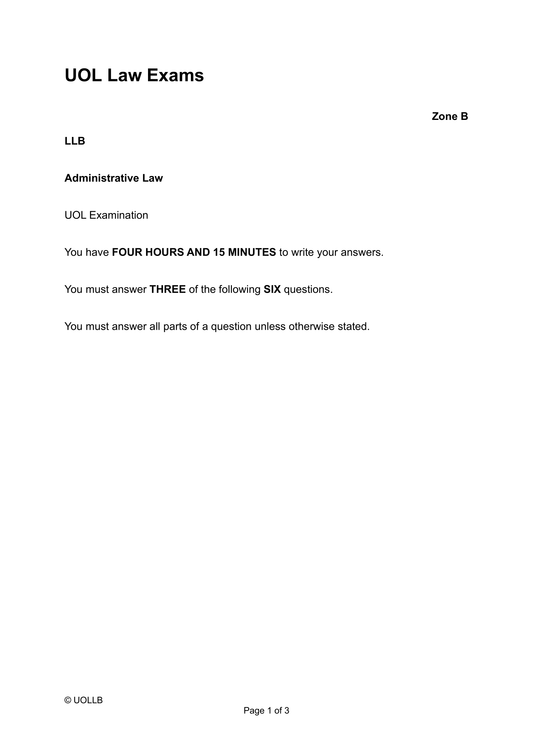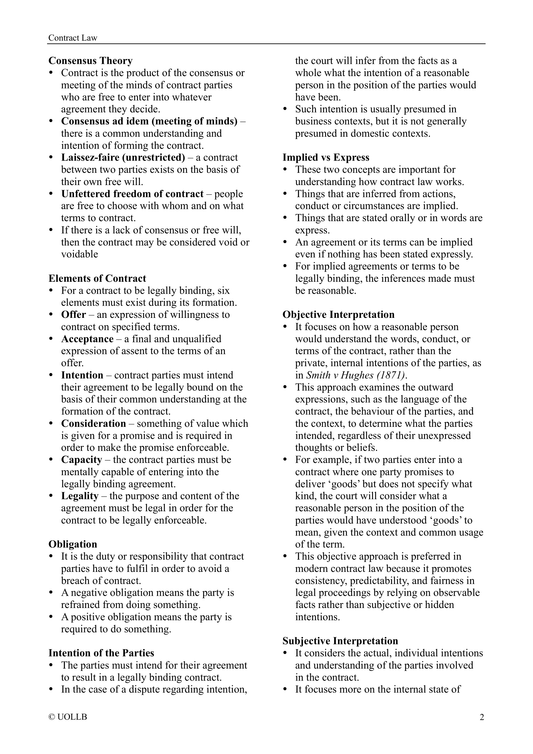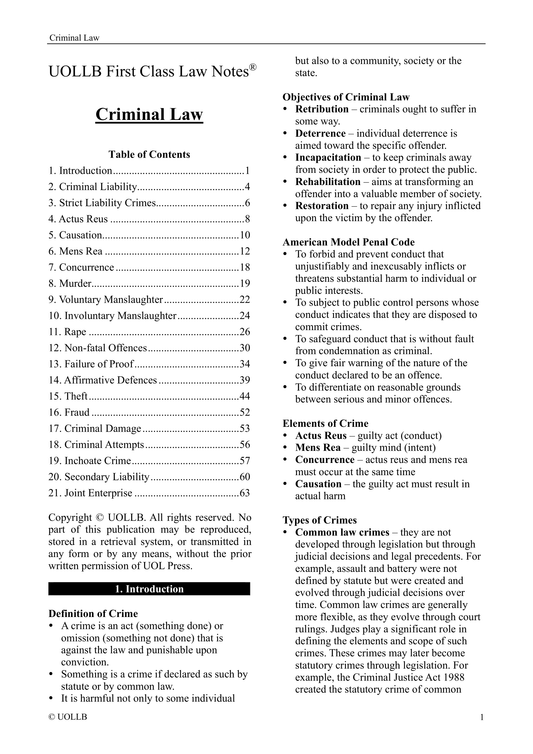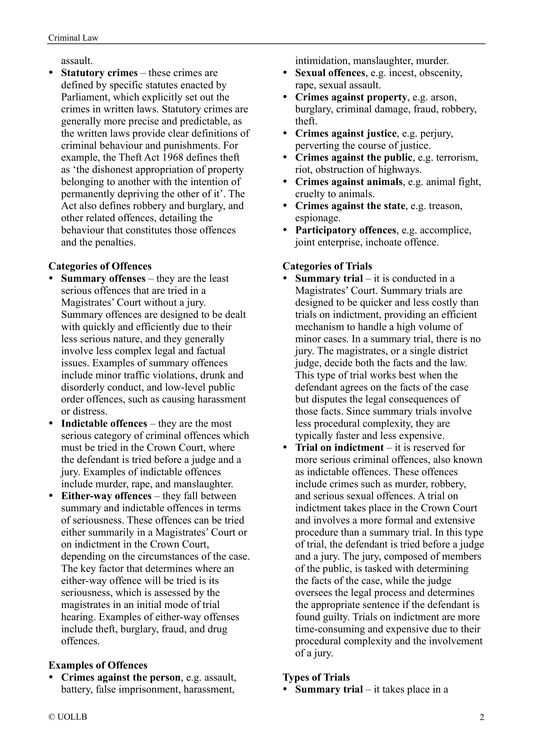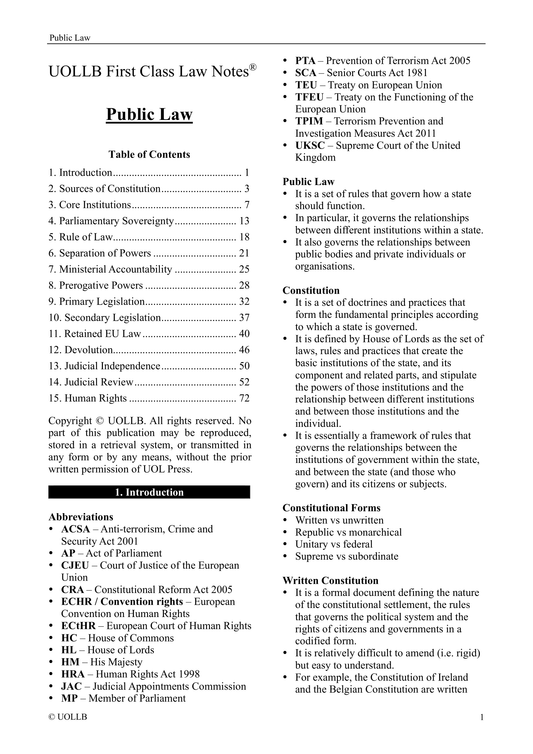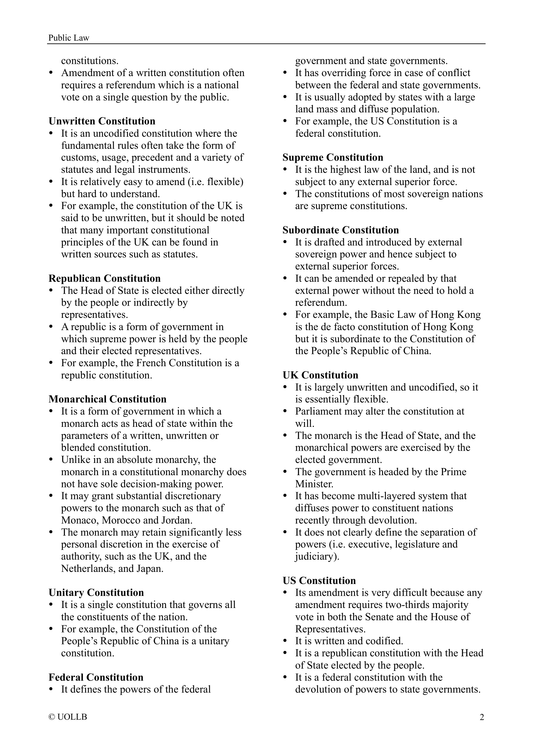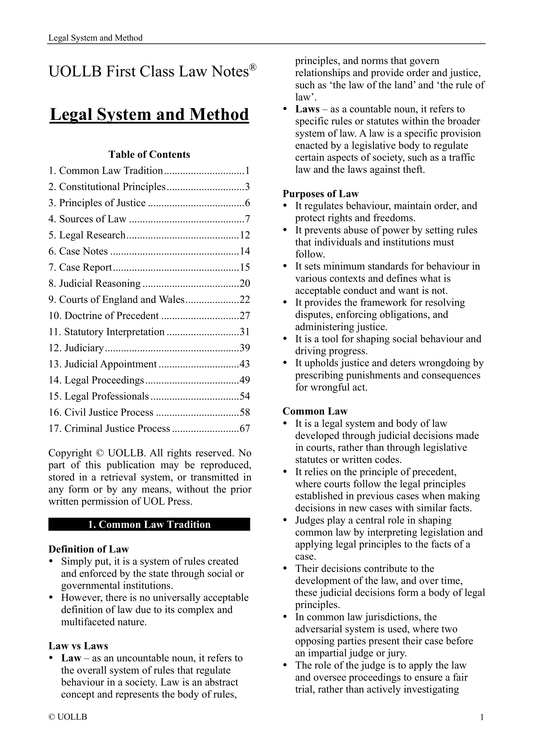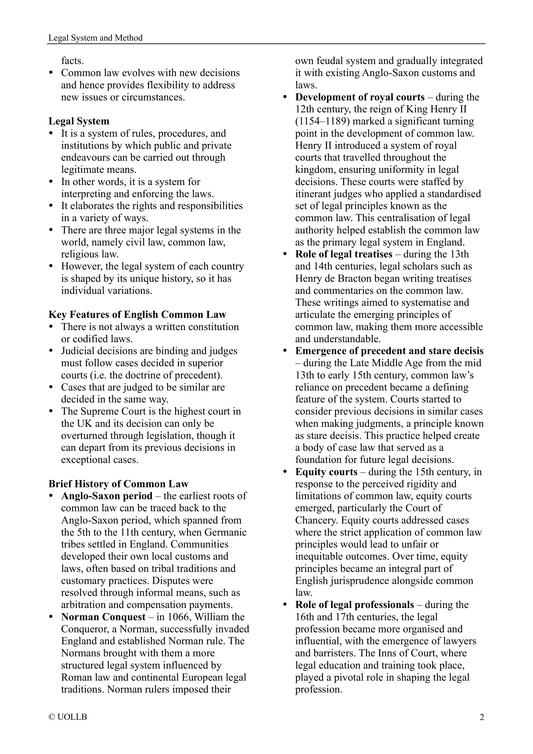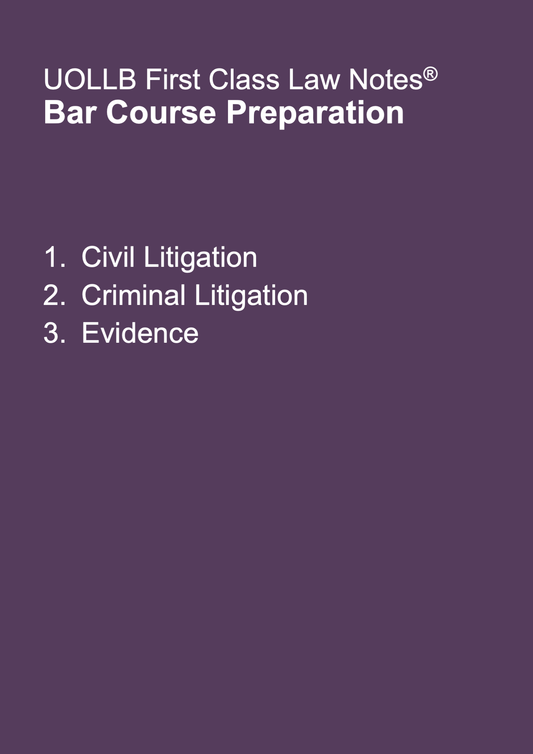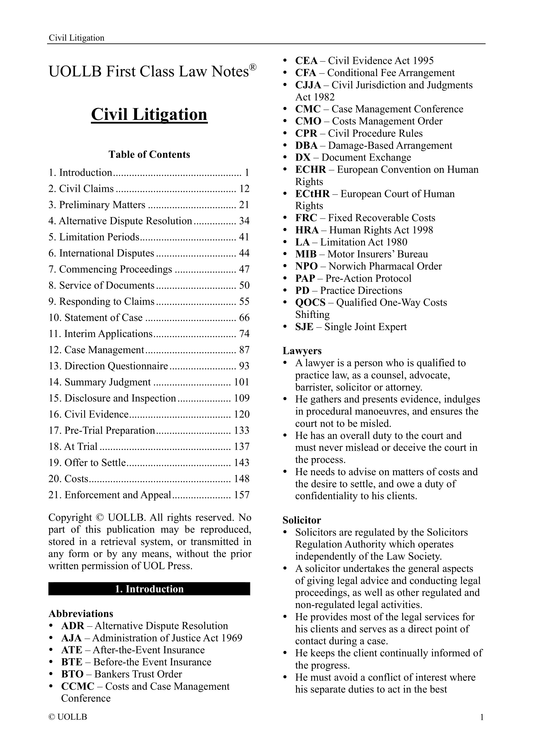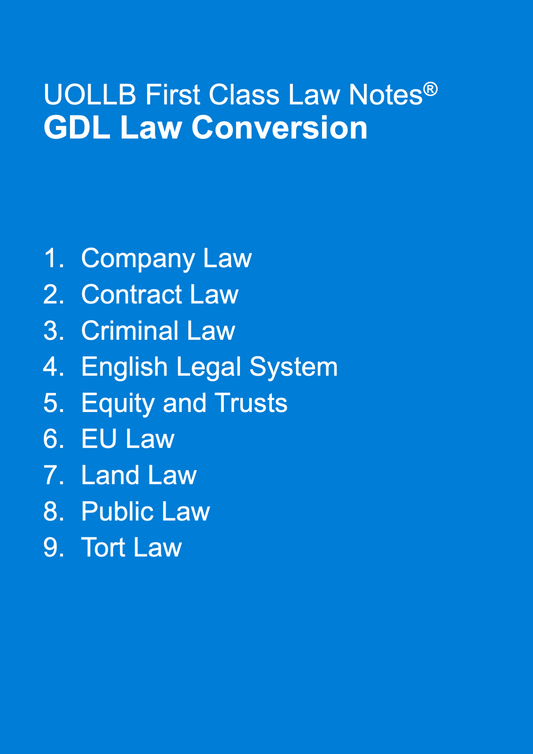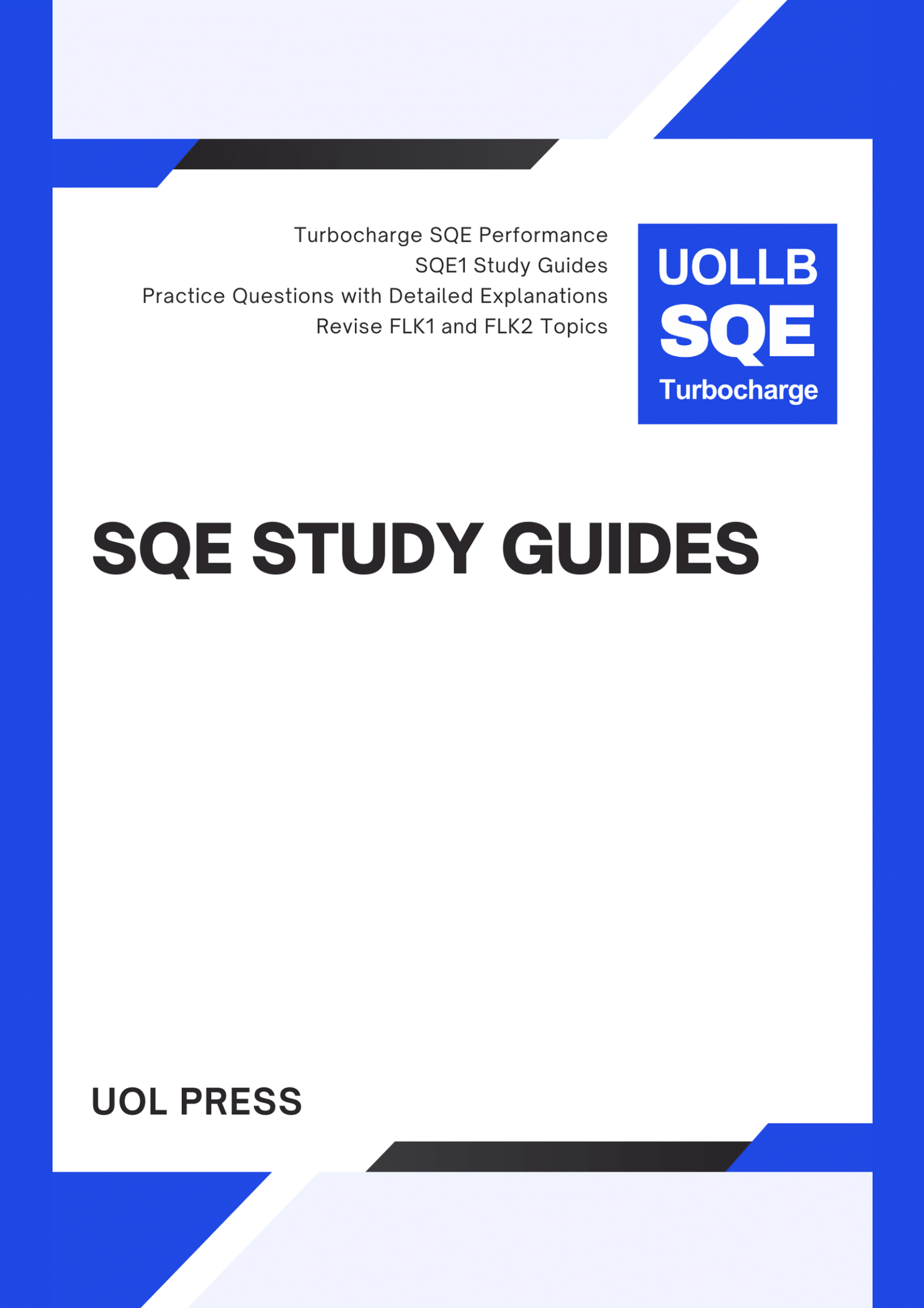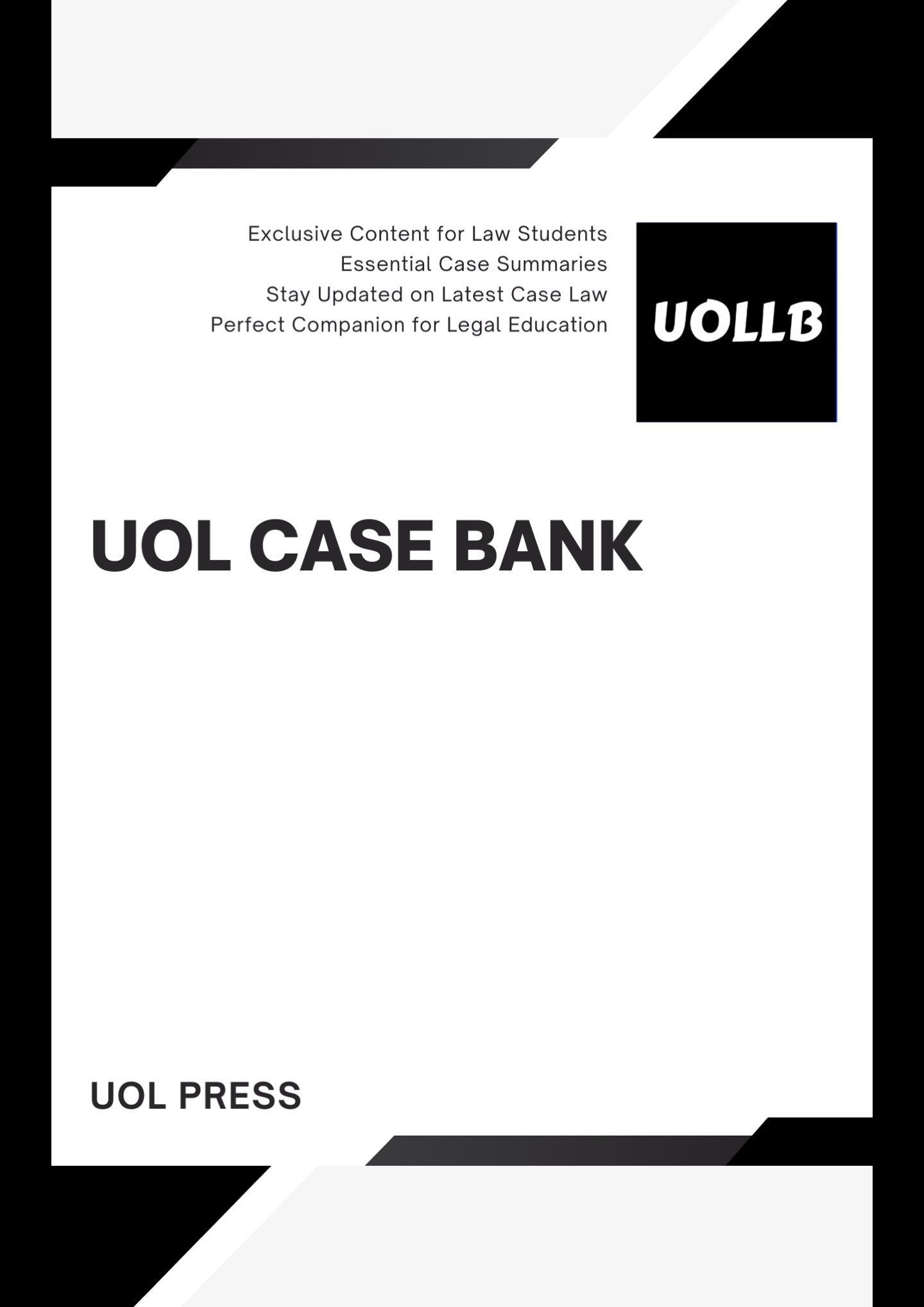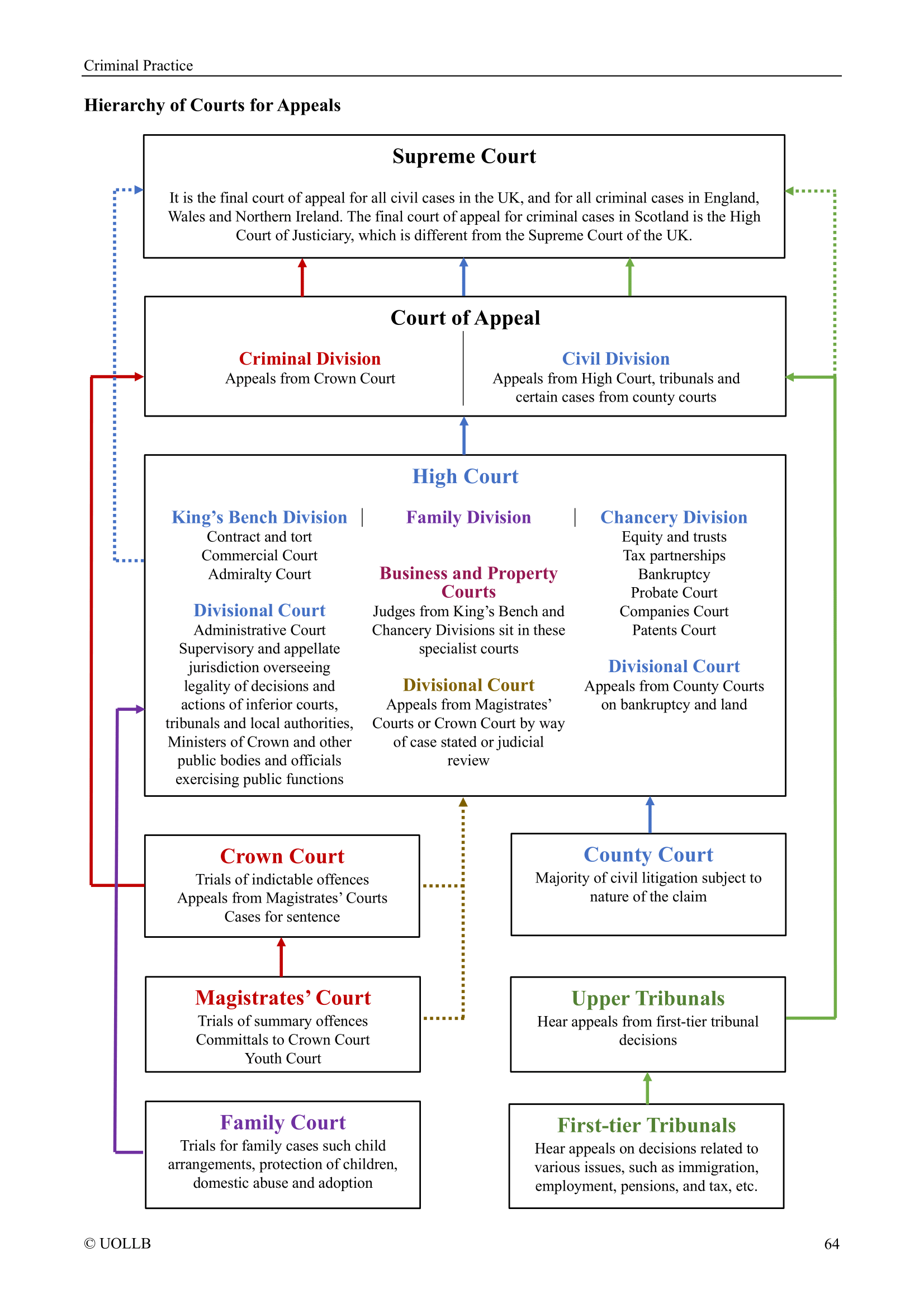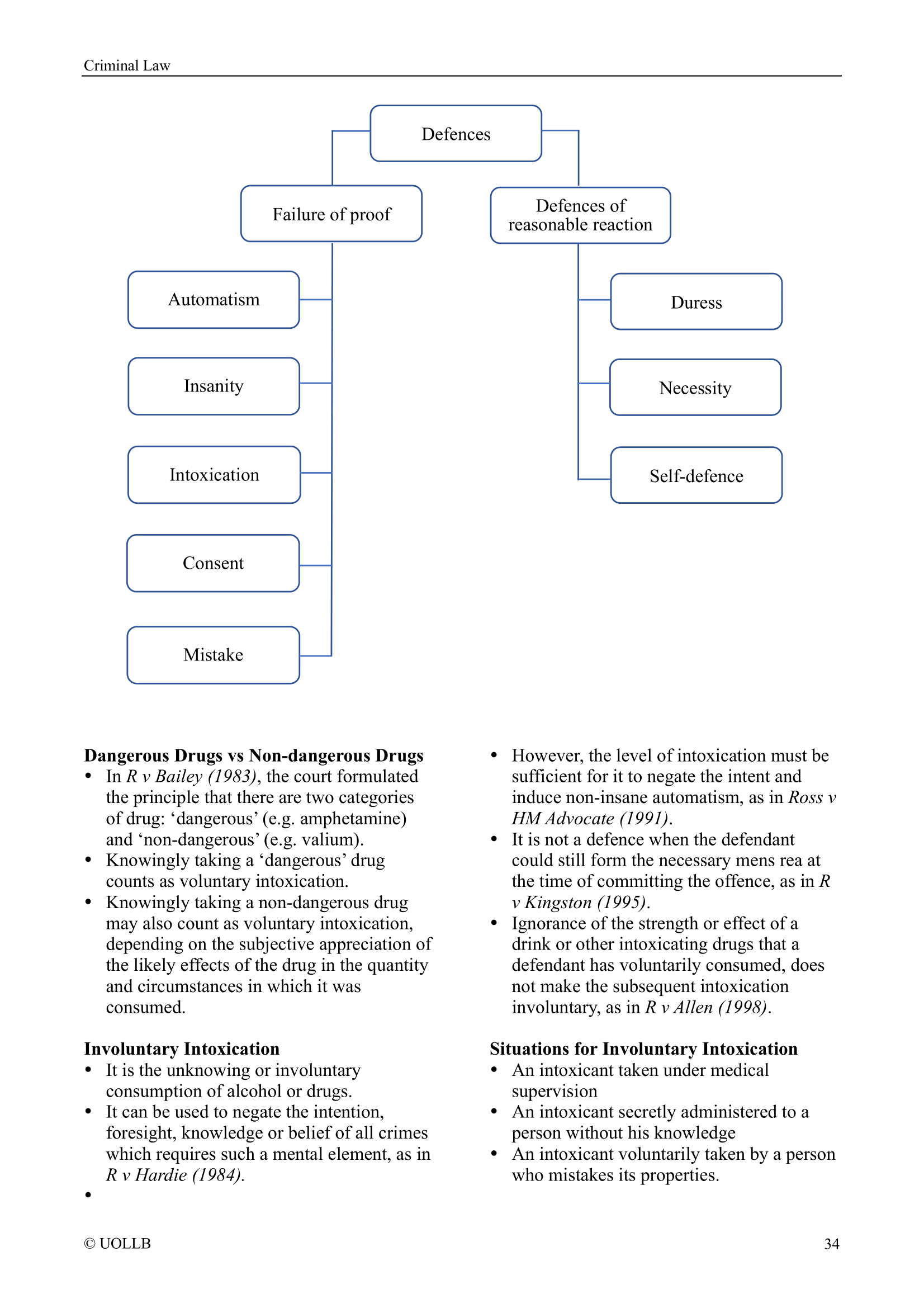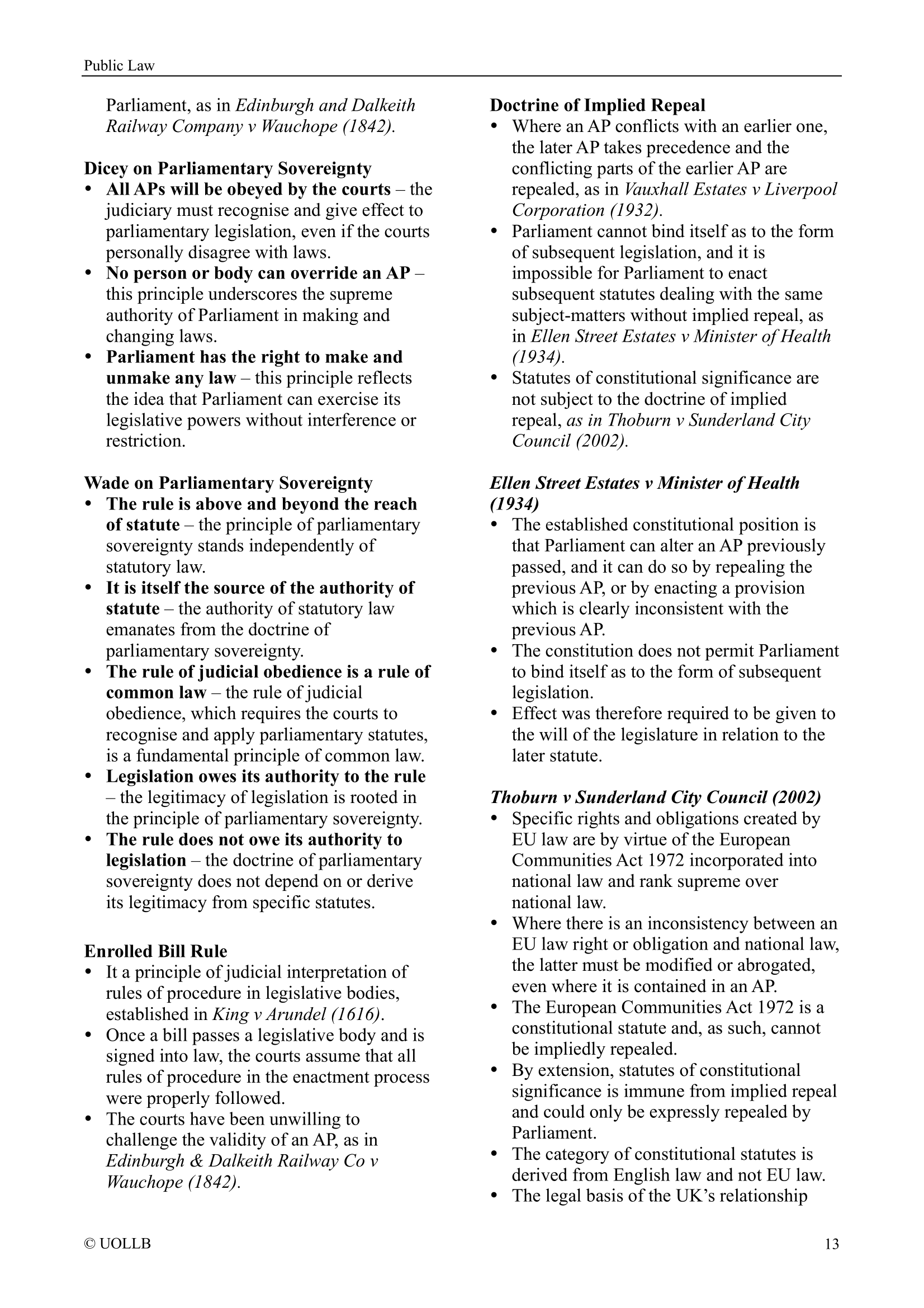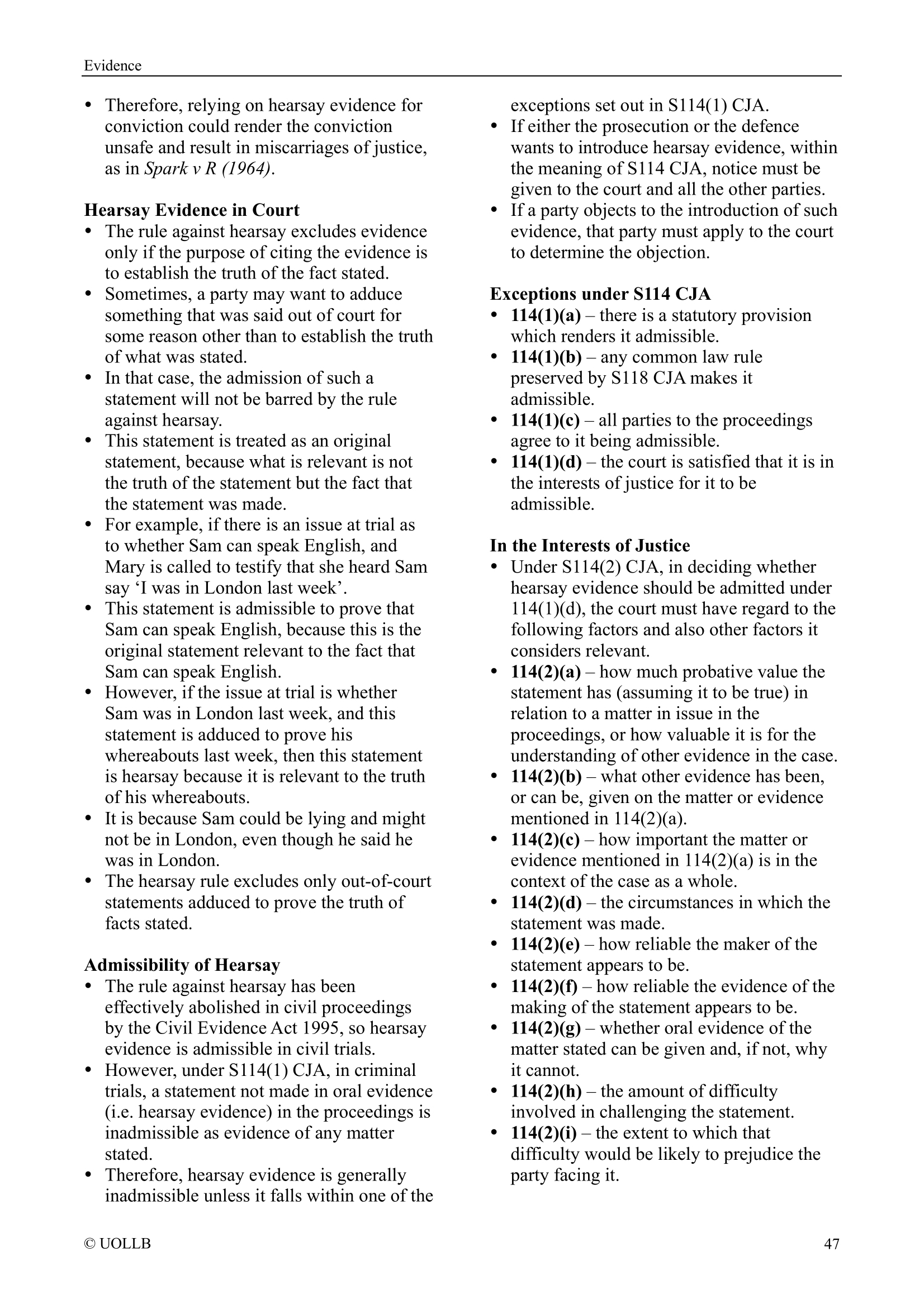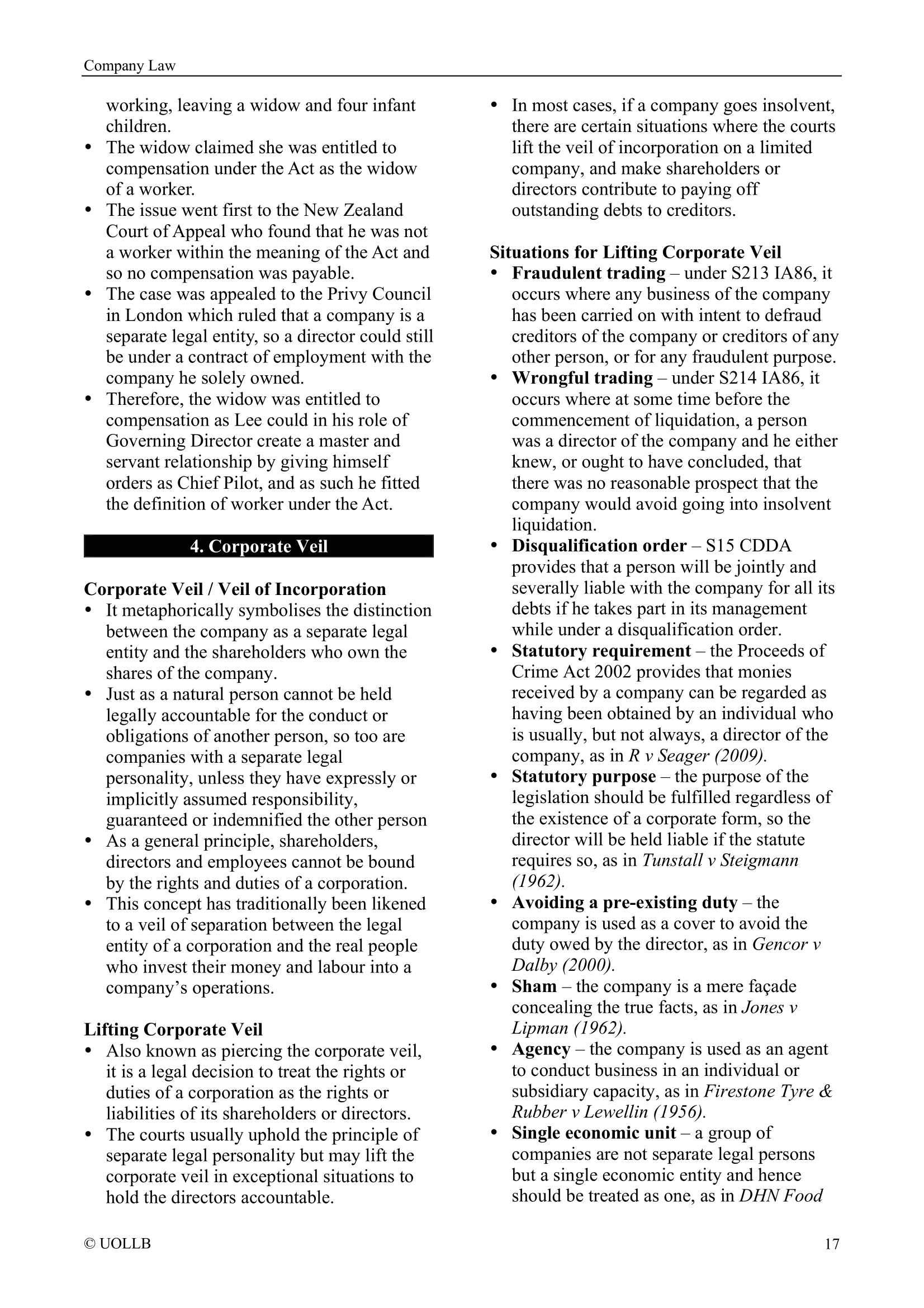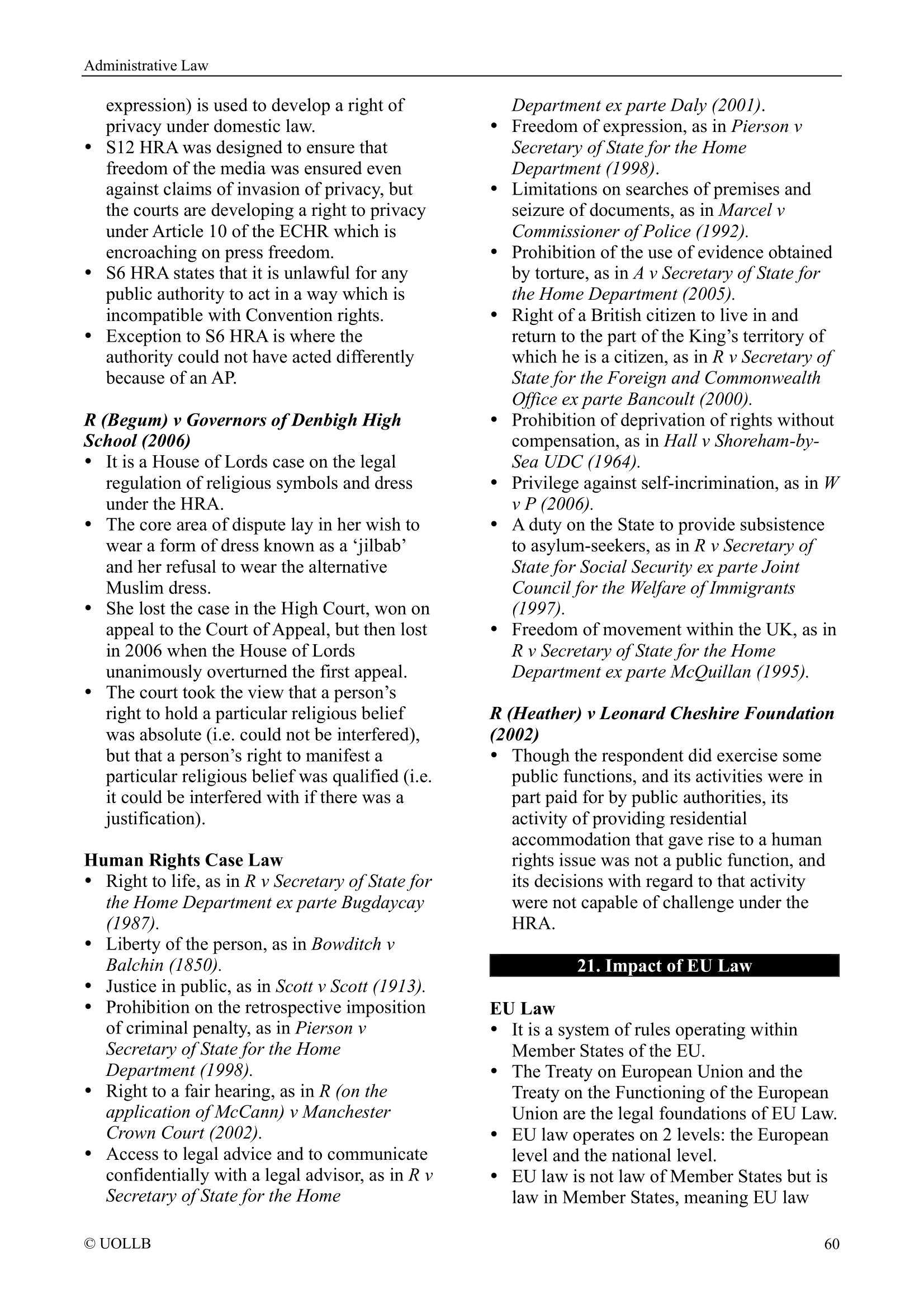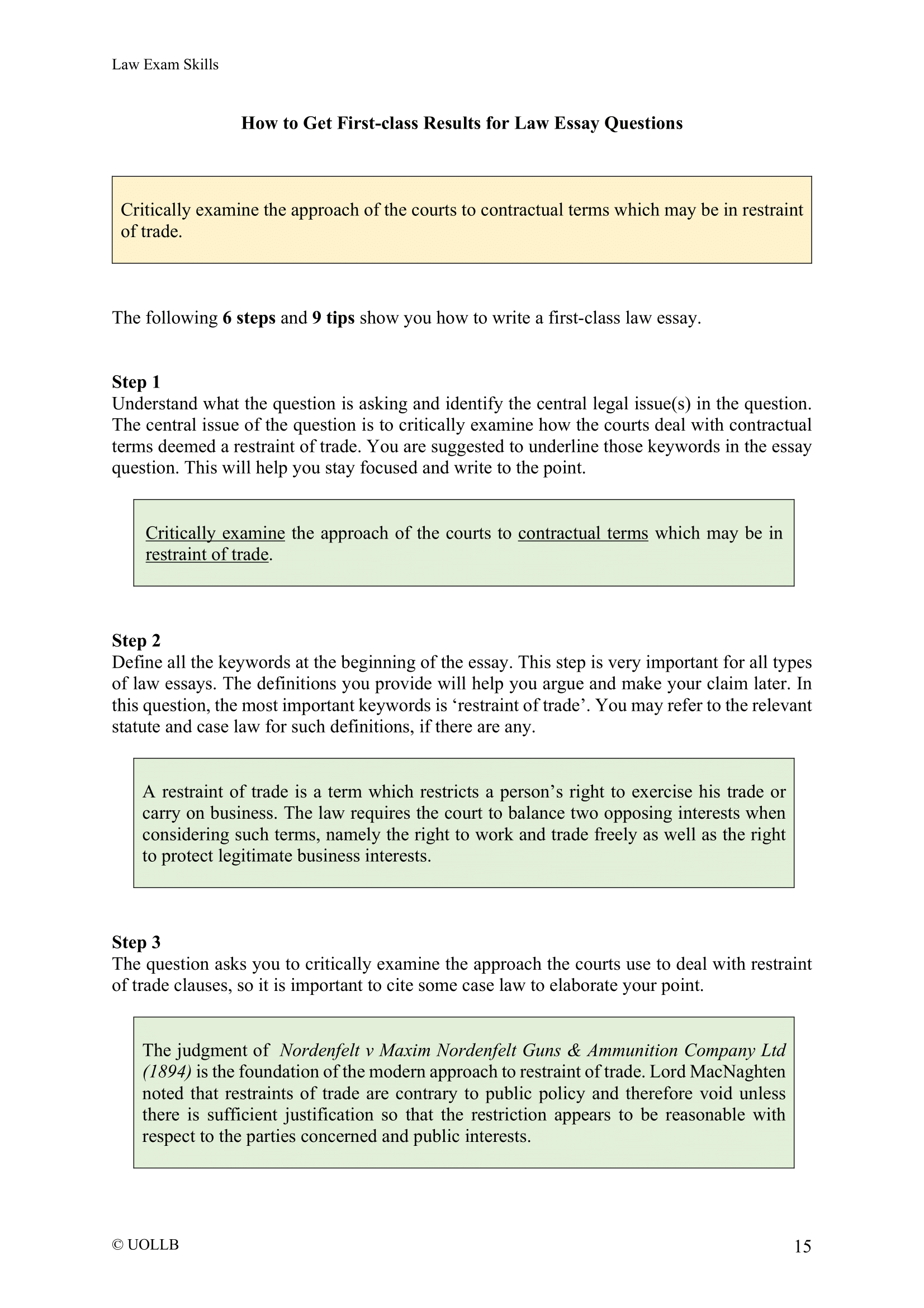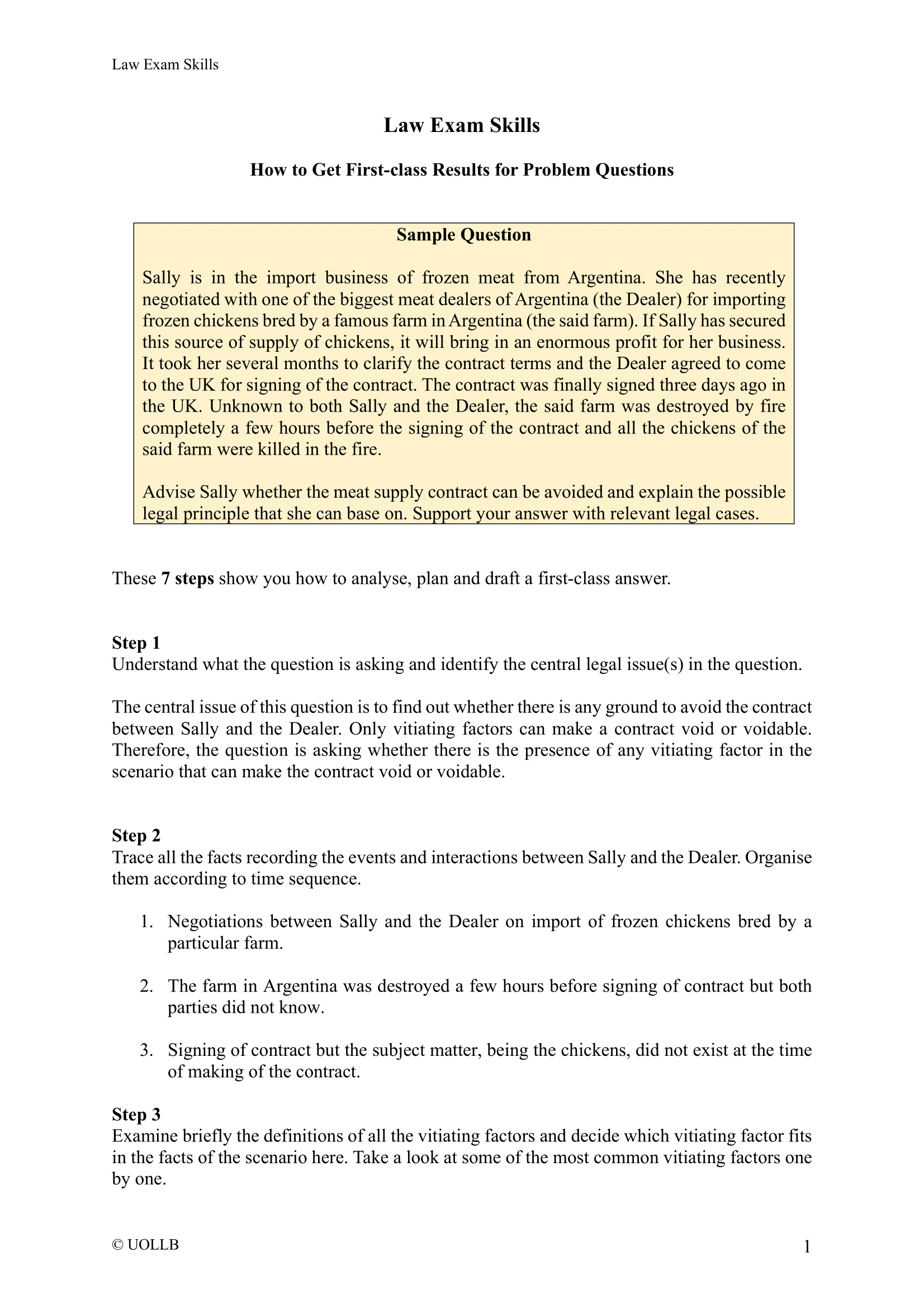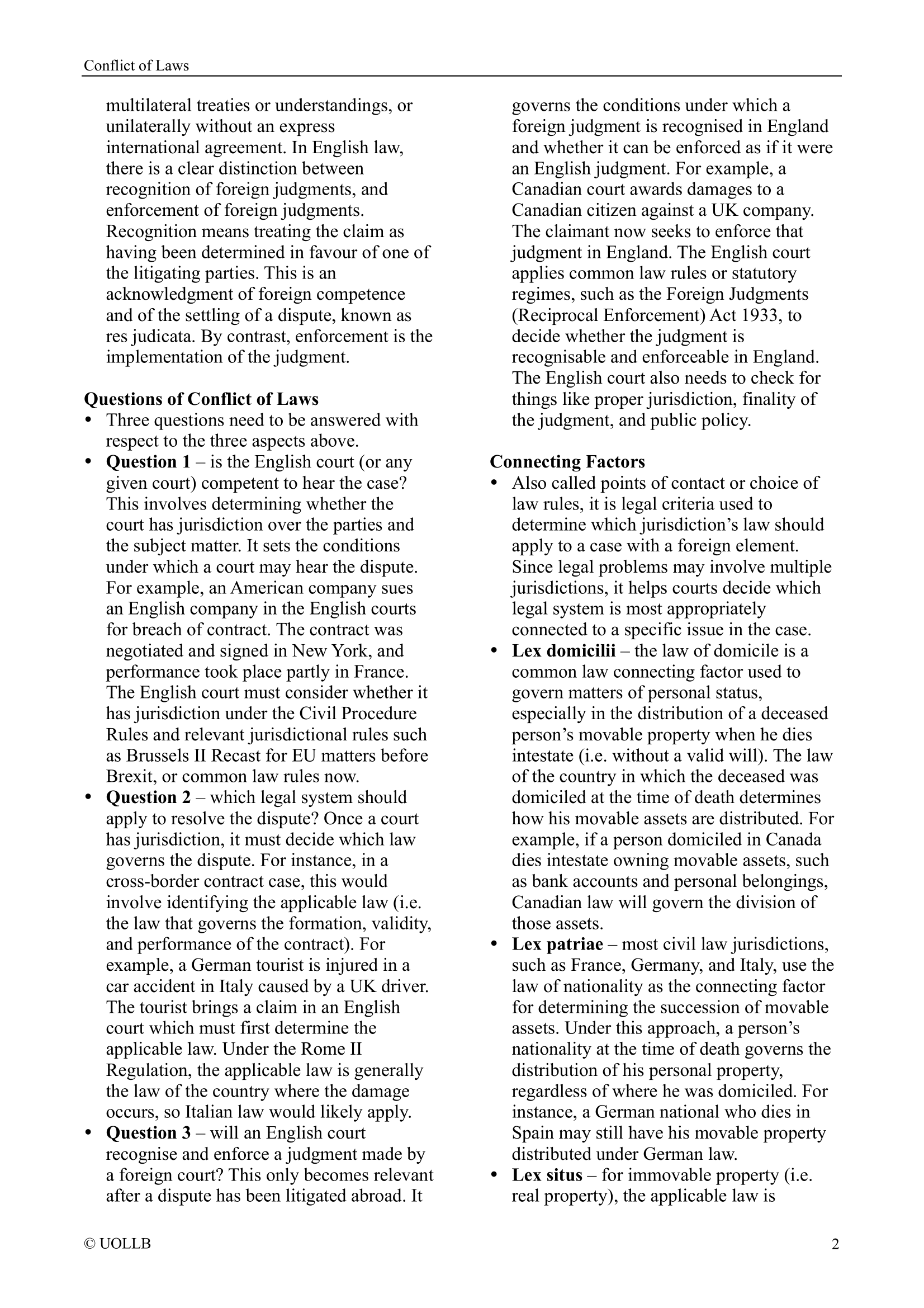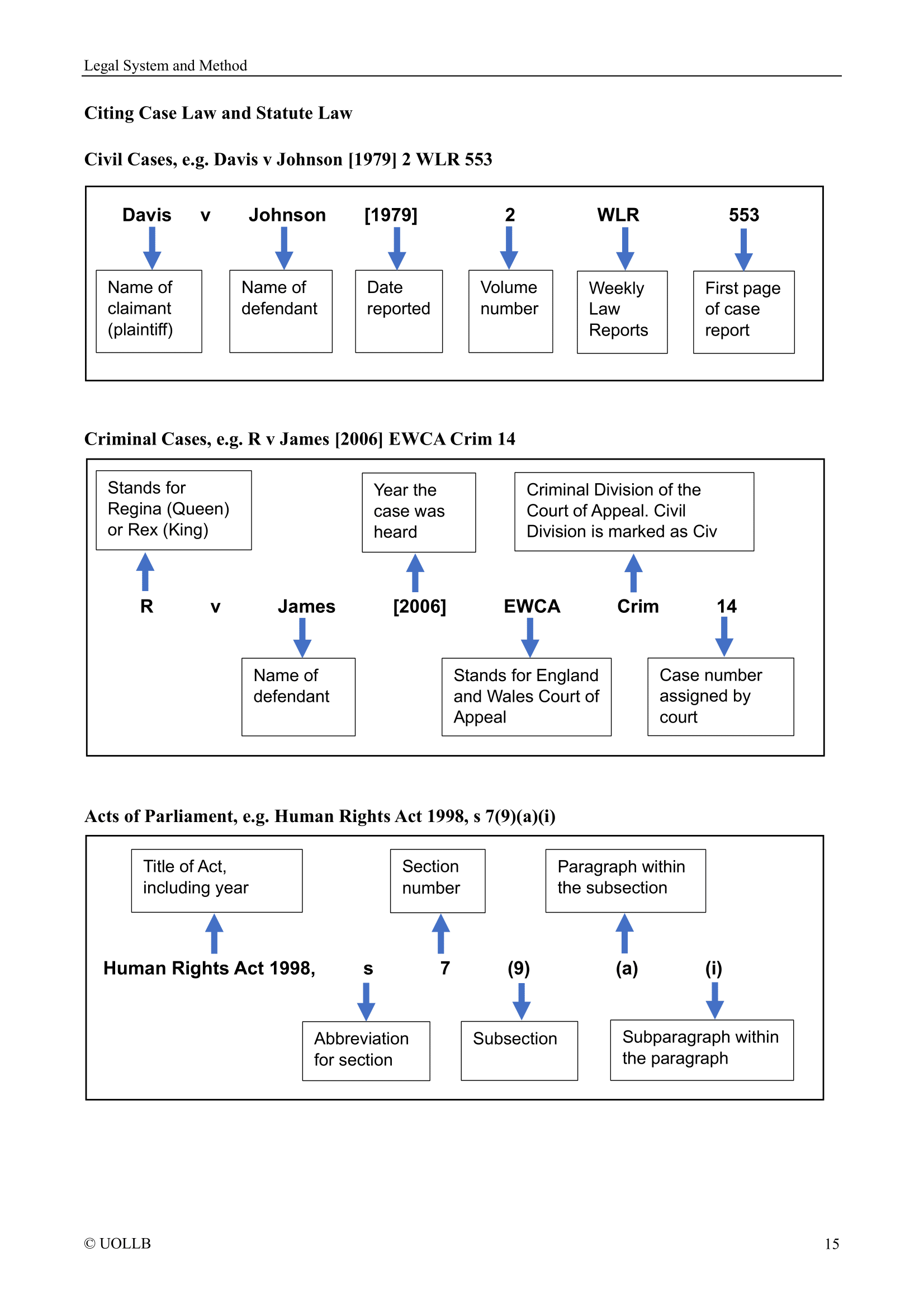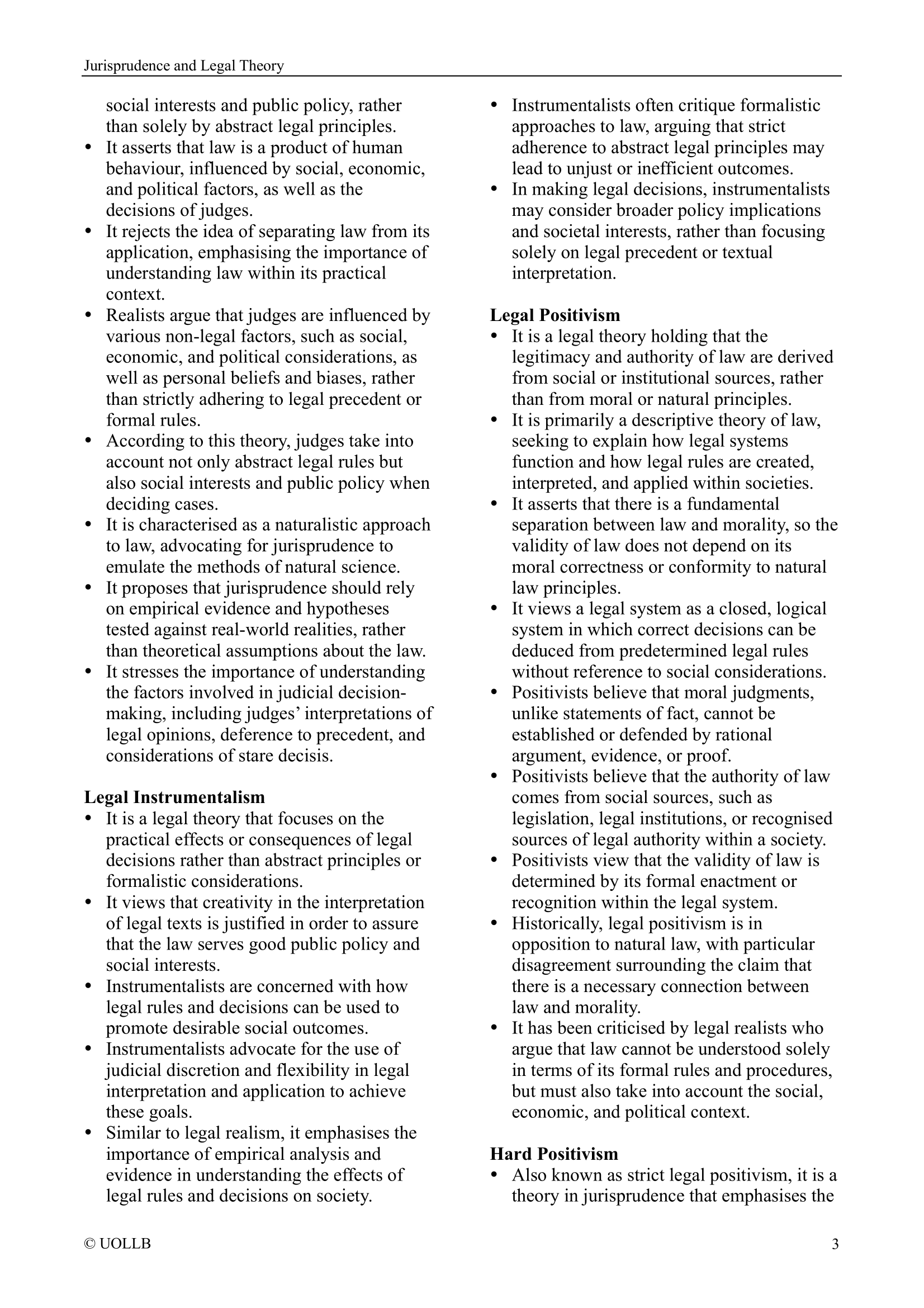How to solve the European refugee crisis?
Share
The European refugee crisis, characterised by the large-scale arrival of asylum seekers and migrants fleeing conflict, persecution, poverty, and environmental disasters, continues to challenge the cohesion, values, and capacity of the European Union and its member states. The crisis has revealed deep-rooted structural flaws in the EU’s asylum and migration systems, strained political relationships, and raised profound questions about humanitarian responsibility and national sovereignty. Solving the refugee crisis requires a holistic, coordinated, and humane response that balances protection obligations with effective migration management.
A central solution lies in reforming the CEAS, particularly the Dublin Regulation, which currently places disproportionate pressure on frontline states such as Greece and Italy. The system should be replaced or revised to ensure mandatory burden-sharing mechanisms, where asylum seekers are distributed more fairly across all EU member states based on criteria such as population size, GDP, and integration capacity. Furthermore, the EU must ensure harmonisation of asylum standards across member states. Uniform procedures, reception conditions, and rights for asylum seekers would reduce secondary movements and create a level playing field. A common status of refugee protection and streamlined appeals processes would improve both efficiency and fairness.
A major driver of the crisis is the lack of safe and legal routes into Europe, forcing refugees to take dangerous journeys across the Mediterranean or through other irregular channels. Expanding resettlement programmes, humanitarian visas, and family reunification schemes would allow vulnerable individuals to seek protection without risking their lives. In parallel, the EU should develop labour migration pathways for non-asylum migrants, allowing individuals to access legal work opportunities in Europe and reducing the misuse of asylum systems for economic purposes. By distinguishing between humanitarian protection and economic migration, the EU can respond more appropriately to different categories of migrants.
A long-term solution to the refugee crisis must include effective integration policies that support refugees’ access to education, employment, housing, healthcare, and language acquisition. Integration is not only essential for the dignity and self-sufficiency of refugees but also for social cohesion and public support for migration policies. EU member states should share best practices and provide targeted funding for local communities and NGOs involved in refugee support. Encouraging civic participation and combating xenophobia and discrimination are also critical to building inclusive societies.
Preventing future refugee flows requires addressing the root causes of displacement. The EU should invest in conflict prevention, peace-building, climate adaptation, and economic development in regions of origin, particularly in the Middle East, Africa, and South Asia. At the same time, cooperation with third countries must be rooted in human rights and legal standards. While agreements such as the EU-Turkey deal aim to manage migration flows, they must not lead to the outsourcing of asylum obligations to countries that lack adequate protection systems. Transparency, accountability, and monitoring mechanisms are vital when externalising border control.
Finally, solving the refugee crisis demands stronger EU leadership and solidarity. Member states must move beyond short-term national interests and embrace a collective European responsibility for asylum and migration. Rebuilding trust among states, fostering constructive dialogue, and depoliticising migration debates are essential steps toward durable policy solutions. The EU should also empower its institutions, such as the European Union Agency for Asylum and Frontex, with the resources and mandate needed to coordinate effectively. A reformed governance framework that combines legal clarity, operational capacity, and democratic accountability would enhance both legitimacy and performance.
The current European refugee crisis is complex and multidimensional, but it is not insurmountable. By reforming asylum rules, expanding legal migration channels, strengthening integration, addressing root causes, and enhancing EU unity, Europe can develop a humane and effective response. The challenge lies not only in policy design but in the political will to uphold the EU’s values of solidarity, human rights, and the rule of law. A coordinated, principled, and forward-looking approach is the only path toward a lasting solution.
